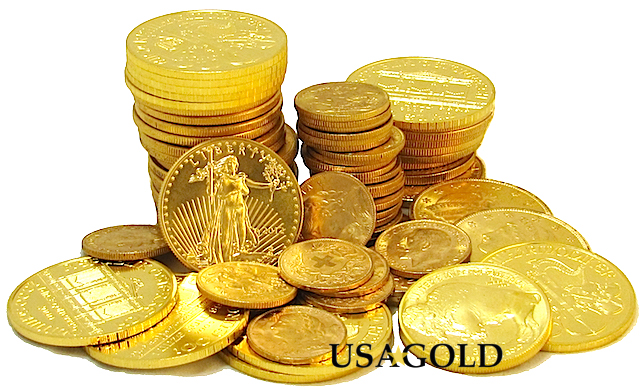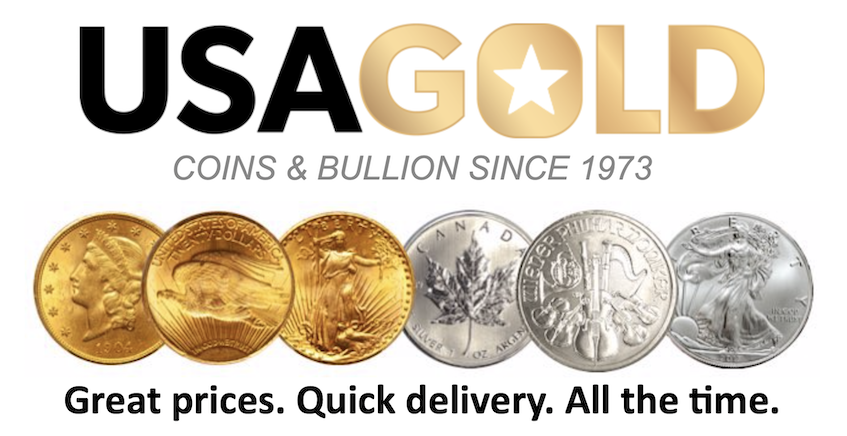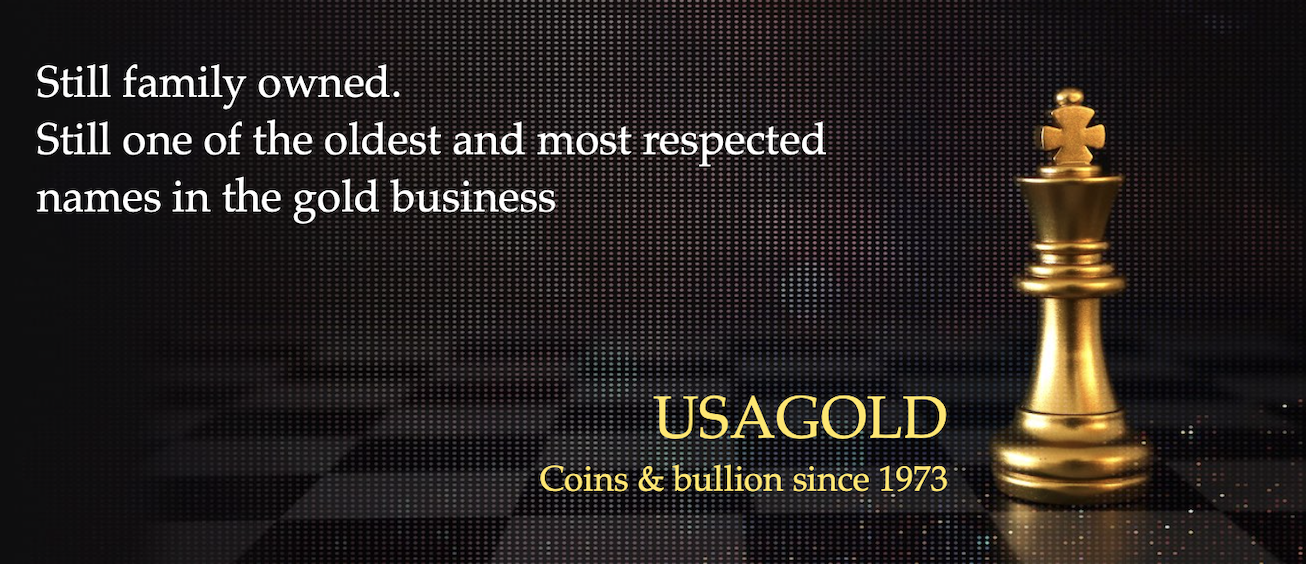Back to our Introductory Information Packet
BlackSwansYellowGold
How gold performs during periods of deflation,
disinflation, stagflation and hyperinflation
_____________________________________________________________________
Gold as the portfolio choice for all seasons
“An ounce of gold cost $271 in 2001. Ten years later it reached $1,896—an increase of almost 700 percent. On the way, it passed through some of the stormiest periods of recent history, when banks collapsed and currencies shivered. The gold price fed on these calamities. In a way, it came to stand for them: it was the re-discovered idol at a time when other gods were falling in a heap of subprime mortgages and credit default swaps and derivative products too complicated to even understand. Against these, gold shone with the placid certainty of received tradition. Honored through the ages, the standard of wealth, the original money, the safe haven. The value of gold was axiomatic. This view depends on a concept of gold as unchanging and unchanged—nature’s hard asset.” – Matthew Hart, Vanity Fair

Please note that throughout this series I was careful not to favor one scenario over the other. The argument as to which of these maladies is most likely to strike the economy next is purely academic with respect to gold ownership. A portfolio hedge in gold protects against all of the disorders just outlined and no matter in which order they arrive.
I would like to close with a thoughtful justification for gold ownership from a UK parliamentarian, Sir Peter Tapsell. He made these comments in 1999 after then Chancellor of the Exchequer, Gordon Brown, forced the auction sale of over half of Britain’s gold reserve.
“The whole point about gold, and the quality that makes it so special and almost mystical in its appeal, is that it is universal, eternal and almost indestructible. The Minister will agree that it is also beautiful. The most enduring brand slogan of all time is, ‘As good as gold.’ The scientists can clone sheep, and may soon be able to clone humans, but they are still a long way from being able to clone gold, although they have been trying to do so for 10,000 years. The Chancellor [Gordon Brown] may think that he has discovered a new Labour version of the alchemist’s stone, but his dollars, yen and euros will not always glitter in a storm and they will never be mistaken for gold.”
As relevant today as the day they were first spoken, Tapsell’s description gets to the heart of the matter with respect to gold an important part of the well-rounded portfolio. His reference to “dollars, yen and euros” has to do with the British treasury’s proposal at the time to sell its gold reserve and convert the proceeds to “interest-bearing” instruments denominated in those currencies. Though Tapsell was addressing gold’s function with respect to the reserve of a nation-state (the United Kingdom), he could have just as easily been talking about gold’s role for the private investor.
As it turned out, the “dollars, yen and euros” that the Bank of England received in place of the gold have only continued to erode in value while paying a negligible to non-existent return. Gold, on the other hand, was selling for less than $300 per ounce at the time. Twelve years later, it rose to what many believe to be an interim peak of $1800 and is trading now in the $1200-1300 range. What would Britain give to have that 415 tonnes of gold back as it faces Brexit and is looking to undergird the international value of the pound?
We receive calls regularly from what I like to call the “Old Guard” – those who bought gold in the $300s, $400s and $500s, even the $600s. Some became very wealthy as a result of those early purchases. The most important result though is not the gains but the end result of preserving assets through some very difficult and dangerous times when others watched their wealth dissipate. When it comes to preserving assets, gold remains, in the most fundamental sense, the portfolio choice for all seasons.
––Michael J. Kosares
BlackSwansYellowGold Series
Gold as a deflation hedge
Gold as a disinflation hedge
Gold as a stagflation hedge
Gold as hyperinflation hedge
Gold as the portfolio choice for all seasons
A chronology of panics, mania, crashes and collapses
A word on USAGOLD – USAGOLD ranks among the most reputable gold companies in the United States. Founded in the 1970s and still family-owned, it is one of the oldest and most respected names in the gold industry. USAGOLD has always attracted a certain type of investor – one looking for a high degree of reliability and market insight coupled with a professional client (rather than customer) approach to precious metals ownership. We are large enough to provide the advantages of scale, but not so large that we do not have time for you. (We invite your visit to the Better Business Bureau website to review our five-star, zero-complaint record. The report includes a large number of verified customer reviews.)

1-800-869-5115
[email protected]
Disclaimer – Opinions expressed on the USAGOLD.com website do not constitute an offer to buy or sell, or the solicitation of an offer to buy or sell any precious metals product, nor should they be viewed in any way as investment advice or advice to buy, sell or hold. USAGOLD, Inc. recommends the purchase of physical precious metals for asset preservation purposes, not speculation. Utilization of these opinions for speculative purposes is neither suggested nor advised. Commentary is strictly for educational purposes, and as such USAGOLD does not warrant or guarantee the accuracy, timeliness or completeness of the information found here.
Michael J. Kosares is the founder of USAGOLD, author of The ABCs of Gold Investing – How To Protect and Build Your Wealth With Gold [Three Editions], and the firm’s publications editor.




